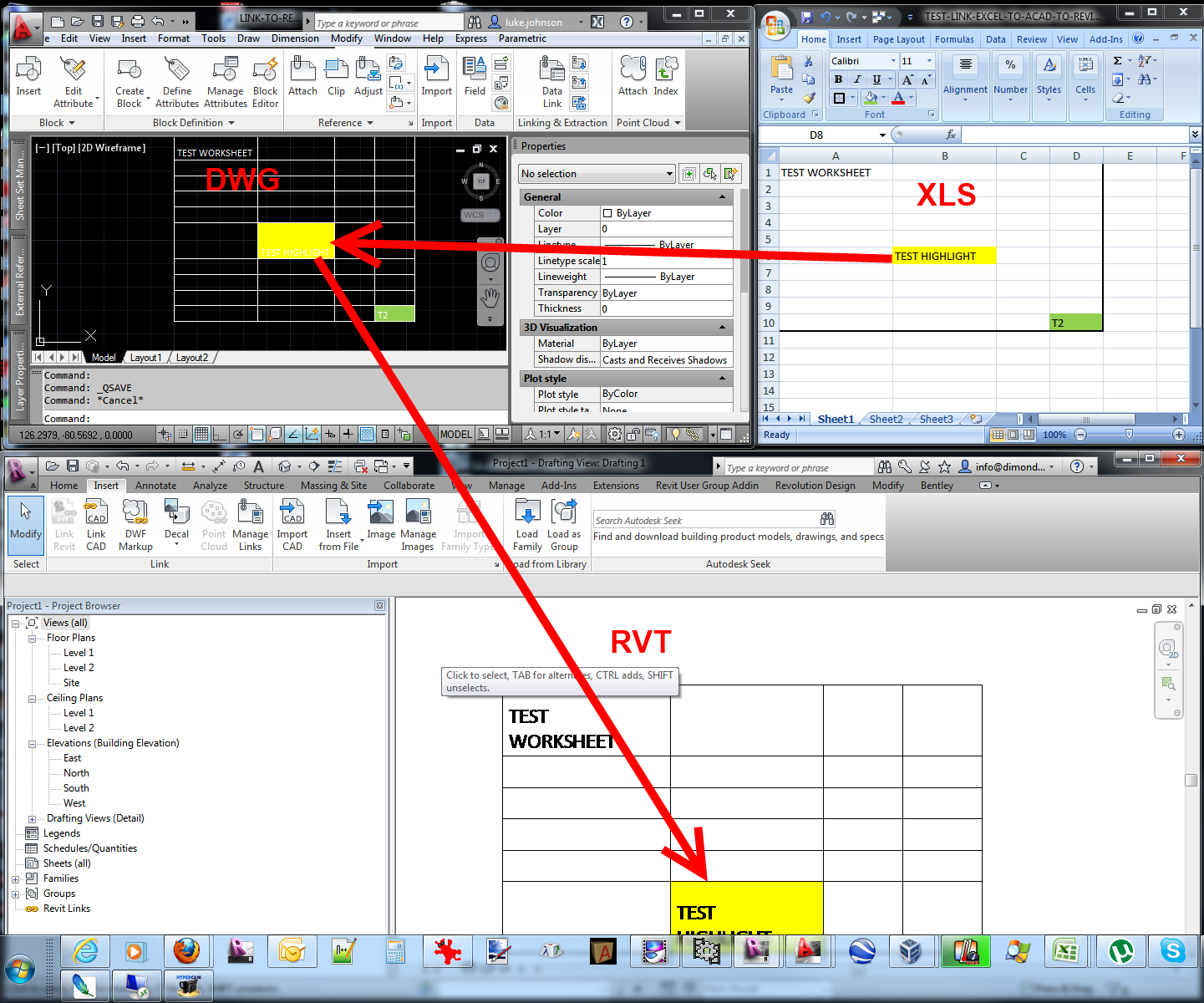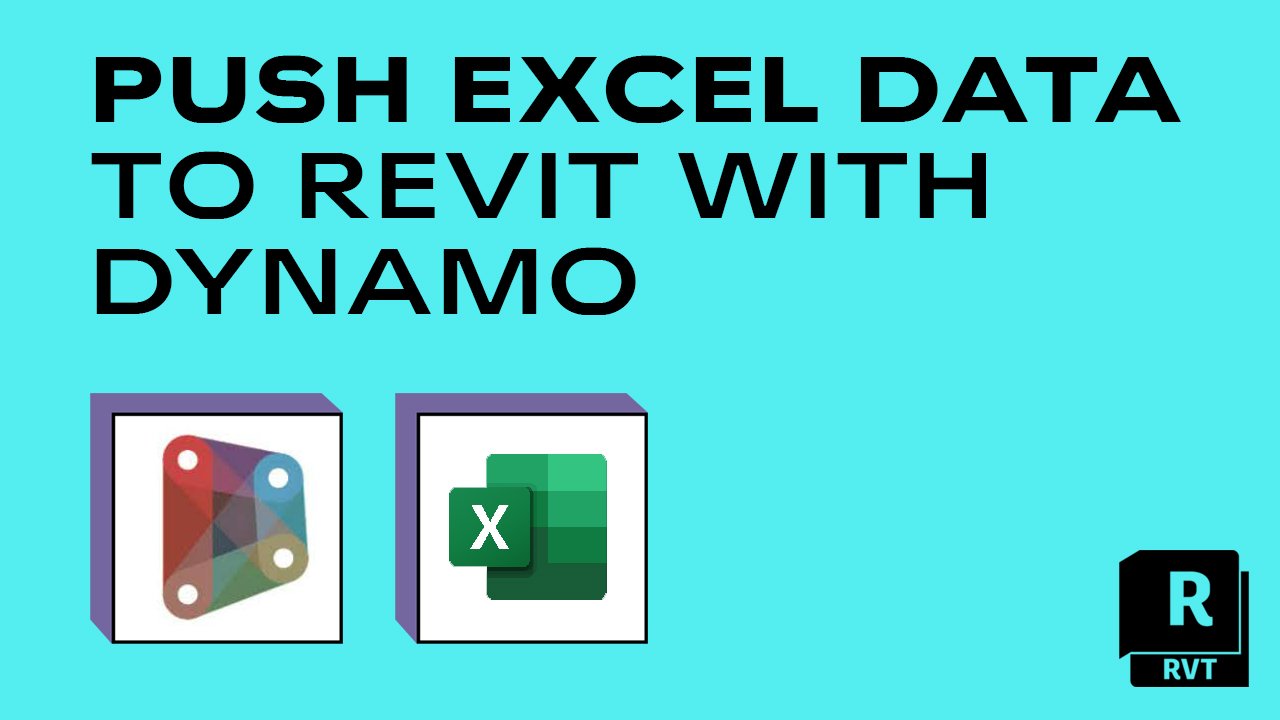Raise Your Design Game with Crucial Revit Add Ins
Wiki Article
Excel-to-Revit: A Game-Changing Workflow for Architectural Style - Introducing the Secrets
Are you tired of costs hours on building style? Look no more! Introducing excel-to-revit, the game-changing operations that will certainly transform your layout procedure. With excel-to-revit integration, you can improve your architectural layout, unlock effectiveness, and maximize cooperation within your team. In this write-up, we will certainly introduce the secrets of this effective tool, showing you exactly how it can change your style tasks. Prepare yourself to take your architectural layout to the next degree with excel-to-revit!The Power of Excel-to-Revit Combination

Visualize the comfort of having the ability to edit and upgrade task information in Excel, and instantly see those modifications reflected in your Revit version. No extra manual information access or laborious updates. With Excel-to-Revit integration, you can save time and lower mistakes by leveraging the power of Excel's functions and solutions to instantly produce exact information in Revit.
Not just does this assimilation improve effectiveness, but it additionally boosts collaboration amongst employee. You can easily share Excel documents with colleagues, who can after that import the data into their Revit models. This promotes a seamless exchange of details and makes certain that everybody is dealing with the most current data.

Enhancing Architectural Style With Excel-To-Revit
Enhancing architectural style is simplified with using Excel-to-Revit (revit tools). With this effective combination, you can enhance your workflow and conserve valuable time throughout the layout process. By leveraging the capabilities of Excel and Revit, you can flawlessly transfer information between the two platforms, eliminating the requirement for manual data access and decreasing the danger of mistakesExcel-to-Revit allows you to import and export information effortlessly, allowing you to easily upgrade and change your building styles. You can develop schedules, compute amounts, and generate records in Excel, and after that move that information straight right into your Revit design. This assimilation makes sure that your design details is constantly up-to-date and synchronized, getting rid of the need for hand-operated updates and reducing the possibilities of variances.
By using Excel-to-Revit, you can likewise capitalize on the powerful computational capabilities of Excel. You can execute intricate estimations, examine information, and automate repetitive tasks, all within Excel. After that, with just a couple of clicks, you can import the results back into Revit, enabling you to make educated style decisions and enhance your building layouts.
Unlocking Performance: Exploring the Excel-to-Revit Workflow
Maximize your performance by flawlessly incorporating Excel and Revit for a much more efficient process. With the Excel-to-Revit operations, you can open an entire new degree of performance in your building style procedure. By utilizing the power of Excel's information administration capacities and combining it with the adaptability and accuracy of Revit, you can streamline your style procedure and conserve beneficial time.Among the essential advantages of this combination is the capability to import and export data between Excel and Revit. This suggests that you can conveniently move job information, such as room timetables or product amounts, from one software application to the various other, getting rid of the need for hand-operated information entrance and minimizing the chances of errors. You can also create personalized solutions and calculations in Excel to automate repetitive jobs and do complex computations, which can then be seamlessly integrated right into your Revit designs.
Moreover, the Excel-to-Revit process enables better control and partnership in between employee. With Excel serving as a central data hub, multiple team participants can work with different facets of the task concurrently, updating and sharing info in real-time. This not just boosts communication but likewise guarantees that every person is working with one of the most up-to-date information, removing the danger of disparities.
Taking Full Advantage Of Partnership: Excel-to-Revit for Architectural Teams
By seamlessly integrating Excel and Revit, building teams can substantially improve collaboration and accomplish a lot more reliable layout results. When using this effective process, you can conveniently transfer data between Excel spread sheets and Revit models, simplifying the design process and boosting interaction amongst group members.Furthermore, by leveraging Excel's effective computation abilities, you can do complex estimations and analysis on your layout information, driving and supplying valuable insights notified decision-making. This combination additionally enables you to export data from Revit to Excel, enabling you to create extensive reports, graphes, and graphs for discussions and analysis. This collaborative process promotes efficient interaction and coordination amongst staff member, as Excel functions as a main center for information administration and sharing.
General, by embracing the Excel-to-Revit workflow, architectural teams can attain higher degrees of partnership, efficiency, and precision in their layout procedure. revit plugins. This integration equips teams to collaborate effortlessly, guaranteeing that everybody is on the exact same web page and adding to the success of the job
Unveiling the Secrets of Excel-to-Revit Assimilation

Among the secrets of Excel-to-Revit integration is the capacity to leverage the power of solutions and calculations in Excel to drive specifications and create complex geometries in Revit. You can link Excel spreadsheets to Revit families, enabling you to input information directly into the spread sheet and have it instantly upgrade in the Revit design. This enhances the design process and makes certain accuracy and uniformity throughout the project.
An additional key is the ability to create custom-made routines and reports in Excel, using data removed from Revit. This permits you to visualize and assess project information in such a way that is not possible within Revit alone. You can conveniently generate amount take-offs, cost estimates, and project timelines, providing useful insights for decision-making and job administration.
Furthermore, Excel-to-Revit integration enables effective partnership among team members. Several users can work with the very same Excel spreadsheet simultaneously, making it less complicated to coordinate and track modifications. You can also utilize Excel's commenting feature to supply feedback or connect style revisions.
Conclusion
So there you have it, the keys of excel-to-revit assimilation have been introduced. This game-changing operations has the power to enhance building style, unlock efficiency, and make best use of collaboration for building groups. By integrating the power of Excel and Revit, architects can currently work extra successfully, save time, and produce far better styles. Why wait? Start integrating excel-to-revit combination into your building style process today and transform the way you function.With just a couple of clicks, you can import the results back right into Revit, permitting you to make enlightened layout decisions and optimize your architectural designs.
By import excel into revit utilizing the power of Excel's information monitoring abilities and incorporating it with the flexibility and precision of Revit, you can streamline your design process and save useful time.
By seamlessly integrating Excel and Revit, building teams can considerably boost collaboration and attain more efficient design results. When utilizing this effective operations, you can easily move data between Excel spread sheets and Revit models, simplifying the layout procedure and boosting interaction among group members.Additionally, by leveraging Excel's powerful estimation capacities, you can do complicated computations and evaluation on your layout information, driving and supplying valuable understandings informed decision-making.
Report this wiki page